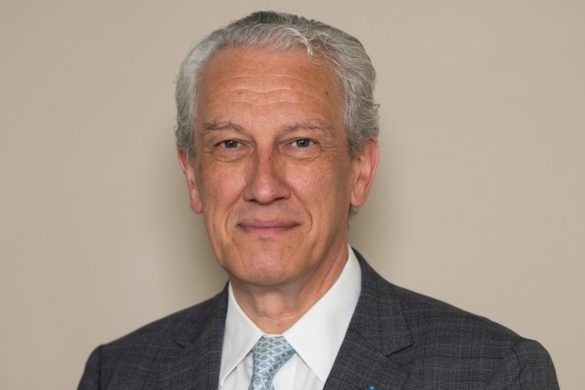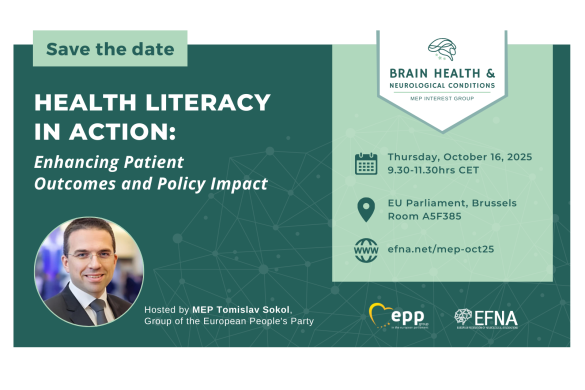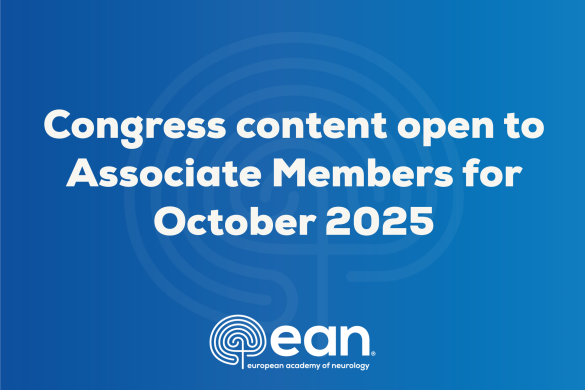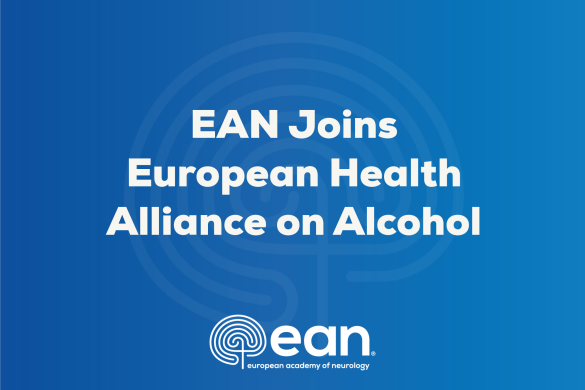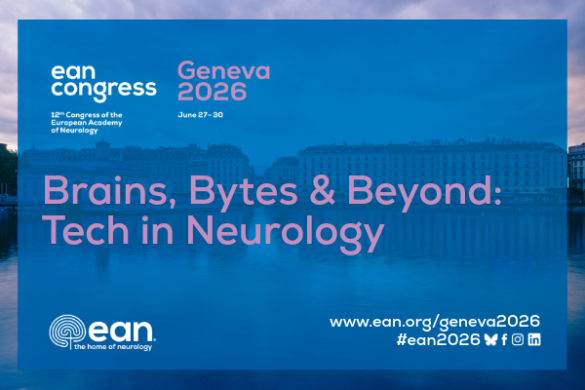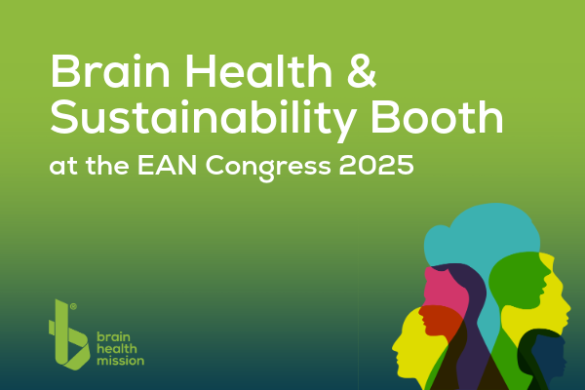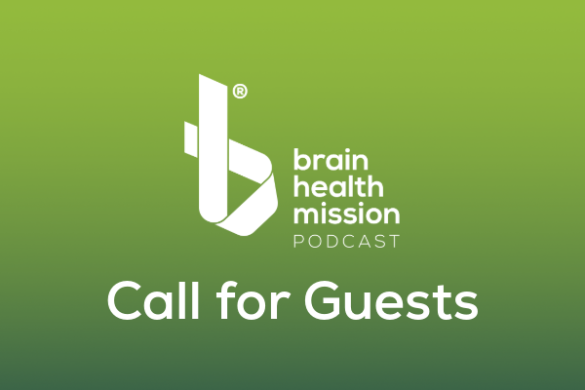by Diana Mejzinolli
In a rare moment of stillness amid the fast pace of EAN 2025, neurologists gathered for a session that felt refreshingly personal: ‘Stress – its acute and chronic sequelae and the benefits of mental and physical relaxation – An introduction to Autogenic Training.’
Led by Prof. Max Hilz, Co-Chair of the Autonomic Nervous System Subspecialty Panel of the European Academy of Neurology (EAN), the session drew a full room and a notably engaged audience. It moved beyond theory into an experiential space—combining clinical insight, lived experience, and a live guided exercise on how chronic stress affects the nervous system, and what neurologists can do to mitigate its impact.
Hilz, Head of the Clinical Department of Autonomic Neurology in Erlangen, Germany, opened with a compelling overview of the neurobiology of stress. While short-term stress can enhance survival, chronic activation of the sympathetic nervous system and HPA axis is neurotoxic. He explained how prolonged exposure to stress hormones damages key brain regions such as the hippocampus, impairs neuroplasticity, worsens immune response, and exacerbates conditions like migraine, MS, epilepsy, and stroke.
Through vivid case examples, he emphasised that neurologists often encounter stress-related clinical pictures long before structural pathology is evident — making it critical to address stress not as a background issue, but as a core part of care.
The core of the session was an introduction to autogenic training (AT)—a structured relaxation method based on passive concentration and verbal self-suggestions (e.g., “my arms are heavy,” “my breathing is calm”). Hilz explained that AT activates the parasympathetic nervous system and supports homeostasis.
AT’s effectiveness has been demonstrated in managing:
– Chronic headaches and tension-type pain
– Sleep disturbances
– Autonomic imbalance in post-viral syndromes
– Anxiety, burnout, and somatic symptom disorders
What distinguishes AT, he noted, is its ability to restore self-efficacy. Unlike external interventions, it trains patients to regulate their own physiological state, which can be profoundly empowering—especially for those with chronic neurological conditions.
One of the most memorable moments of the session came when Hilz invited the audience to briefly practice AT. A wave of calm spread through the lecture hall as neurologists closed their eyes and followed his voice through the first steps of the technique.
Want to know more? Prof. Max Hilz will be leading another practical session on ‘Practical Session: The influence of autogenic training on brain health’ during the Public Brain Health Day on Monday afternoon at EAN 2025.
More info: Public Brain Health Day – ean.org
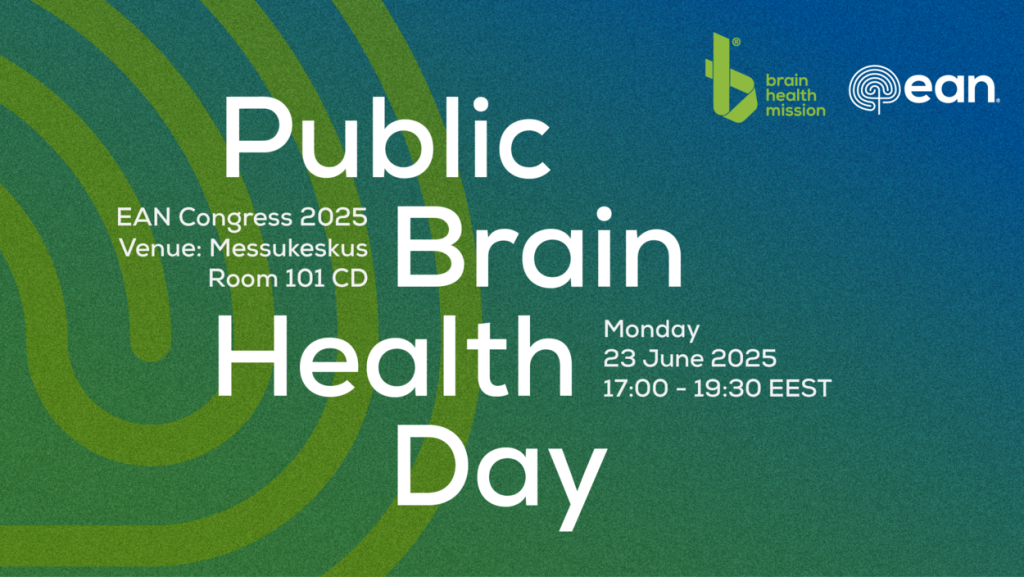
…
It was an unexpected yet powerful interlude—simple, quiet, and deeply grounding. The shift in the room was tangible. Afterward, some attendees stayed behind to ask how they could bring AT into their own practice or even begin using it themselves.
As a long-standing leader in autonomic neurology, Hilz made the case for integrating tools like AT into modern neurological care. He acknowledged the barriers—time, training, patient skepticism—but argued that the growing evidence base and clinical demand for holistic care make it not just appropriate but essential.
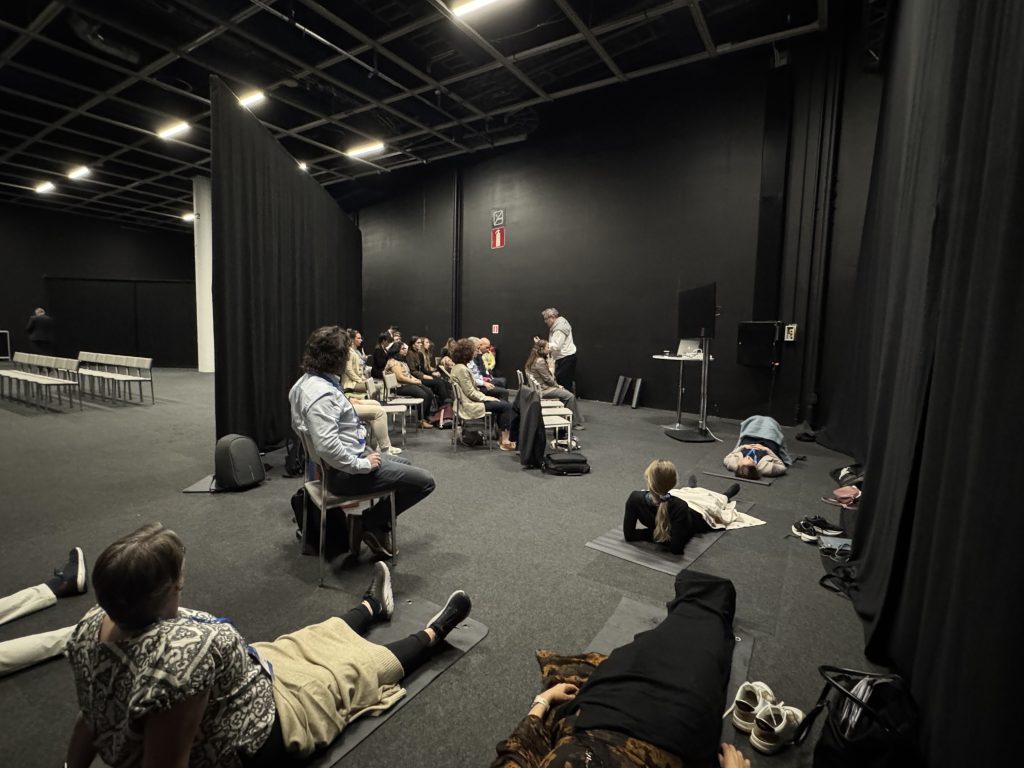
…
Even a short introduction to AT, he said, can help patients feel seen and supported in ways that pure pharmacology cannot. And in high-pressure systems, low-cost tools like AT offer a meaningful path toward sustainable, patient-centered care.
This session was a timely and much-needed reminder that stress is not peripheral—it is central to neurological health. Hilz’s message was clear: managing stress is not just a lifestyle add-on; it is part of preventing, treating, and understanding disease.
Autogenic training may not be a universal solution, but it is a powerful, evidence-based option that deserves more space in our toolkits.





